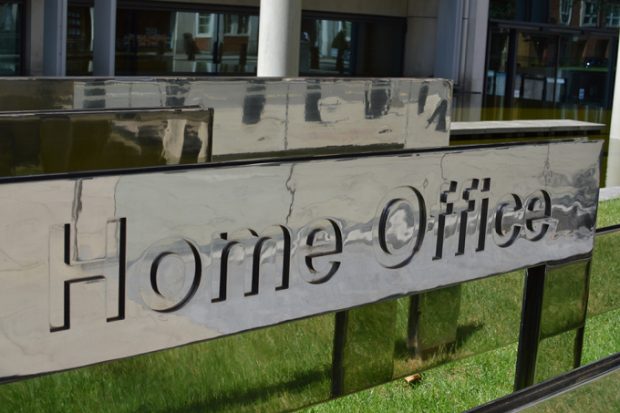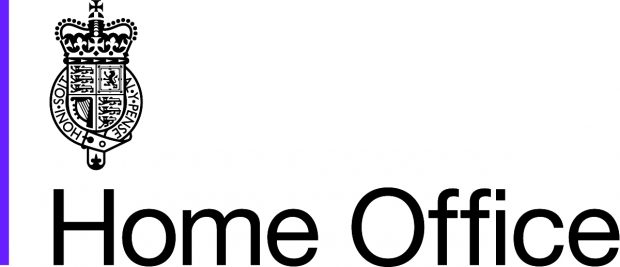
The Home Office has today published two sets of policing statistics:
1/ Police officer uplift, quarterly update to June 2020
2/ Police workforce England and Wales statistics (31 March 2020)
This factsheet lays out the key differences between the two publications and provides a short Q&A to address queries around the publications.
Police officer uplift, quarterly update to June 2020
- This is the second quarterly update on the progress of the Government’s campaign to recruit an additional 20,000 police officers within the 43 territorial forces in England and Wales.
- This update covers the situation as of 30 June 2020.
- This update looks at what these new figures mean in terms of police officer uplift. It also contains information on the baseline against which progress is measured.
- These statistics are measured using headcount, which looks solely at the number of people that have been recruited since the campaign began in September 2019.
- Headcount is used to measure the police officer uplift because it tracks the number of new officers recruited and is the most comparable way to track progress throughout the recruitment processes which relate to individuals (e.g. applications, vetting, assessment centres).
- The full breakdown can be found here: https://www.gov.uk/government/statistics/police-officer-uplift-quarterly-update-to-june-2020
Police workforce England and Wales statistics (31 March 2020)
- These statistics are part of a regular Home Office statistical bulletin.
- They provide a detailed breakdown of the police workforce as of 31 March 2020, including by force, gender, ethnicity, role and other categories.
- Unlike the police officer uplift statistics, we use both full-time equivalent (FTE) and headcount to measure the numbers.
- The Police Workforce statistics are published biannually, and allow sufficient time for forces to provide accurate data on working patterns.
- The full breakdown can be found here: https://www.gov.uk/government/statistics/police-workforce-england-and-wales-31-march-2020
Q&A
What is the difference between headcount and full-time equivalent (FTE)?
- Headcount means the actual number of people, e.g. the number of officers recruited. It factors one individual as one number – any attributes or distinctions of the individual, e.g. full-time or part-time workers, are not considered.
- FTE is a more specific way of counting a workforce, as instead of individual people it counts the number of people based on hours worked. For example, two people, one working full-time and the other working part-time (0.5 FTE) would count as 1.5 FTE.
Why do the police workforce statistics give a lower number than the police officer uplift?
- The FTE, which is used to measure the police workforce, will generally be lower than the headcount, used to measure the uplift. This is because it takes into consideration the hours of the police workforce rather than just the number of people.
- There is a relatively small difference between headcount and FTE. Headcount was approximately 2% higher than FTE at the last police workforce publication.
Why is only headcount used to measure the uplift programme?
- We use headcount to measure the uplift campaign so that we can monitor progress in terms of individuals recruited across forces.
- Headcount is the most appropriate way to track the recruitment processes which relate to individuals (e.g. applications, vetting, assessment centres).
- There are also other factors to consider, such as officers who are still in training who may not have set hours yet and therefore can’t be measured properly using FTE.
- Headcount is used to measure the police officer uplift because it tracks the number of new officers recruited without the need to confirm specific working patterns for each individual officer. It is the most comparable way to track recruitment processes which also relate to individuals (e.g. applications, vetting, assessment centres).
Why does the WF data record ethnicity but PUP does not? Will we record this in the future for PUP?
- Both publications record data on ethnicity for the total number of officers in post. The Police workforce bulletin is a long-established series that also collects data on the ethnic group (White/BAME) specifically of joiners within the financial year.
- We have just started collecting data on the ethnicity of joiners in the police uplift programme, and will work with NPCC to get these data ready for publication in future releases.
Will we eventually record the FTE for PUP?
- No – the police uplift is a bespoke publication to look specifically at the recruitment of an additional 20,000 officers, which is best measured on a headcount basis.
- The workforce stats will continue to be the main measure of the police workforce, and will provide both an FTE and a headcount figure on a biannual basis.
What are the targets for recruitment?
- The Government is working towards a target of recruiting 20,000 additional officers for forces across England and Wales. This is not a backfilling exercise – there will be 20,000 additional officers keeping our communities safe, in addition to replacing leavers.
- We are currently on track to meet the yearly target of 6,000 additional officers by March 2021.
- Since the baseline was set, revisions have been made to the starting figure of three police forces. Furthermore, in-year adjustments have been made where forces have lost externally funded posts (for example, posts transferring out of the force to the National Crime Agency).
- The net effect to the national baseline is small and the detail is set out in Table B1 of the data tables. The revised baseline of 128,484 is fixed. Following the in-year adjustment, the figure for which recruitment of an additional 20,000 officers is measured is now 128,472. This figure is referred to as the adjusted baseline.
- The figures takes into account any recruitment planned by forces before the police uplift programme was announced in September 2019 or adjustments agreed as part of workforce returns from forces.
- Every single force will have more officers as a result of the uplift.
